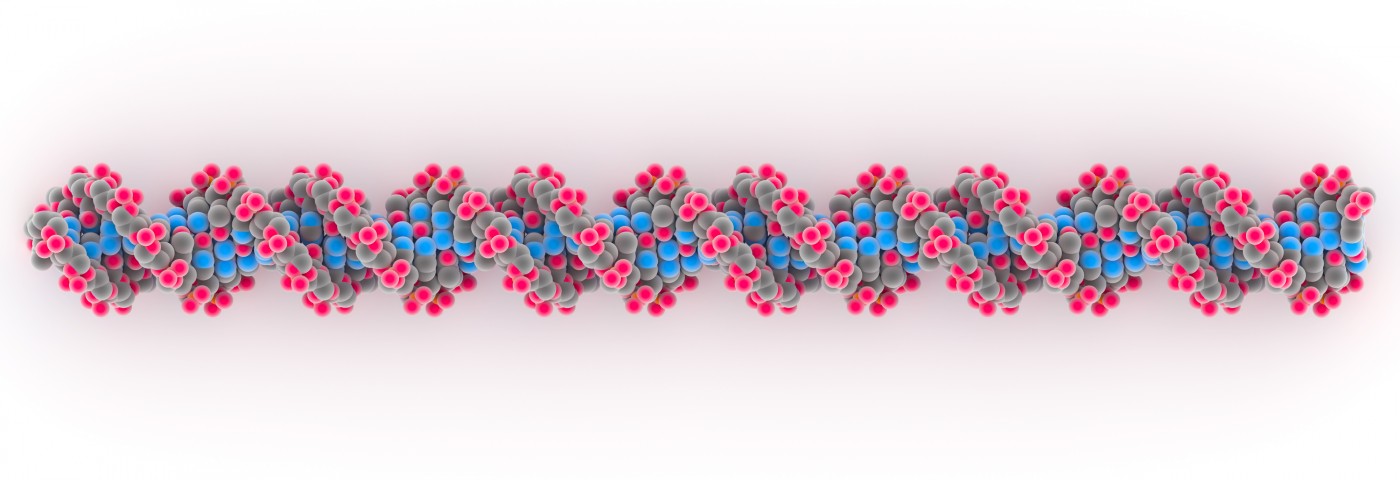In a new study recently published in the journal Cell and supported by the Leukemia and Lymphoma Society, researchers report a new mechanism regulating gene expression that appears to prevent the occurrence of potential cancerous genomic re-arrangements. The study is entitled “Chromosomal Loop Domains Direct the Recombination of Antigen Receptor Genes” and identifies a potential conserved mechanism against cancers, including lymphomas.
Chromatin is a complex of DNA and proteins that forms chromosomes within the nucleus of eukaryotic cells and is organized into a series of loops, which can harbor many genes and whose size can range from thousands to millions of base pairs (the building blocks of DNA).
In this study, a team of scientists at Boston Children’s Hospital investigated an enzyme, RAG, that is crucial for our immune system’s capacity to create millions of different antibodies. “These loops are hardwired. The whole genome is organized into them. We think that they are there to restrict enzyme activity so that processes occur in a very organized fashion. We think this may be a basic biological principle that’s going to show up in other processes like replication and transcription,” explained Frederick Alt, PhD, director of Boston Children’s Hospital’s Program in Cellular and Molecular Medicine (PCMM), professor of genetics at Harvard Medical School, and the study’s lead author.
The team investigated the locations within DNA subject to RAG’s cutting activity, using high-throughput genome-wide translocation sequencing (HTGTS). The results revealed that while RAG cuts DNA anywhere in the genome, its activity is usually confined to chromatin loops. Here, the RAG enzyme is bound to chromatin loops and travels through the loop in two possible directions, depending on which way it is pointing, much like a train traveling on tracks. The enzyme stops once it reaches the bottom of chromatin loops, the location where the loop connects to the rest of the genome.
RELATED: Why We Need Clinical Trials For Lymphoma
Researchers showed this strategy allowed cells to control RAG enzyme activity, preventing it from cutting elsewhere in the genome. This uncontrolled action of RAG enzyme could result in off-target cuts and would trigger genetic alterations, such as gene translocations that are the underlying cause for cancers.
“What this tells us is that an enzyme can bind in a loop, and its activity will be restricted to just within that loop,” Alt said in a press release. “The loops take what could be very dangerous processes and lock them up.”
He added, highlighting questions that remain unanswered: “Why have loops? Why did the genome evolve that way? We find that loops can restrict processes within them, and allow enzymes to sample sequences within them in directional ways. If RAG can do it, other enzymes like transcriptional or DNA polymerization factors should be able to do it, too. With new technologies like HTGTS, a lot more can be done to see how loops might organize such fundamental processes.”
The study was financed by the Leukemia and Lymphoma Society together with grants from the National Institute of Allergy and Infectious Diseases, The Cancer Research Institute and the Robertson Foundation.


